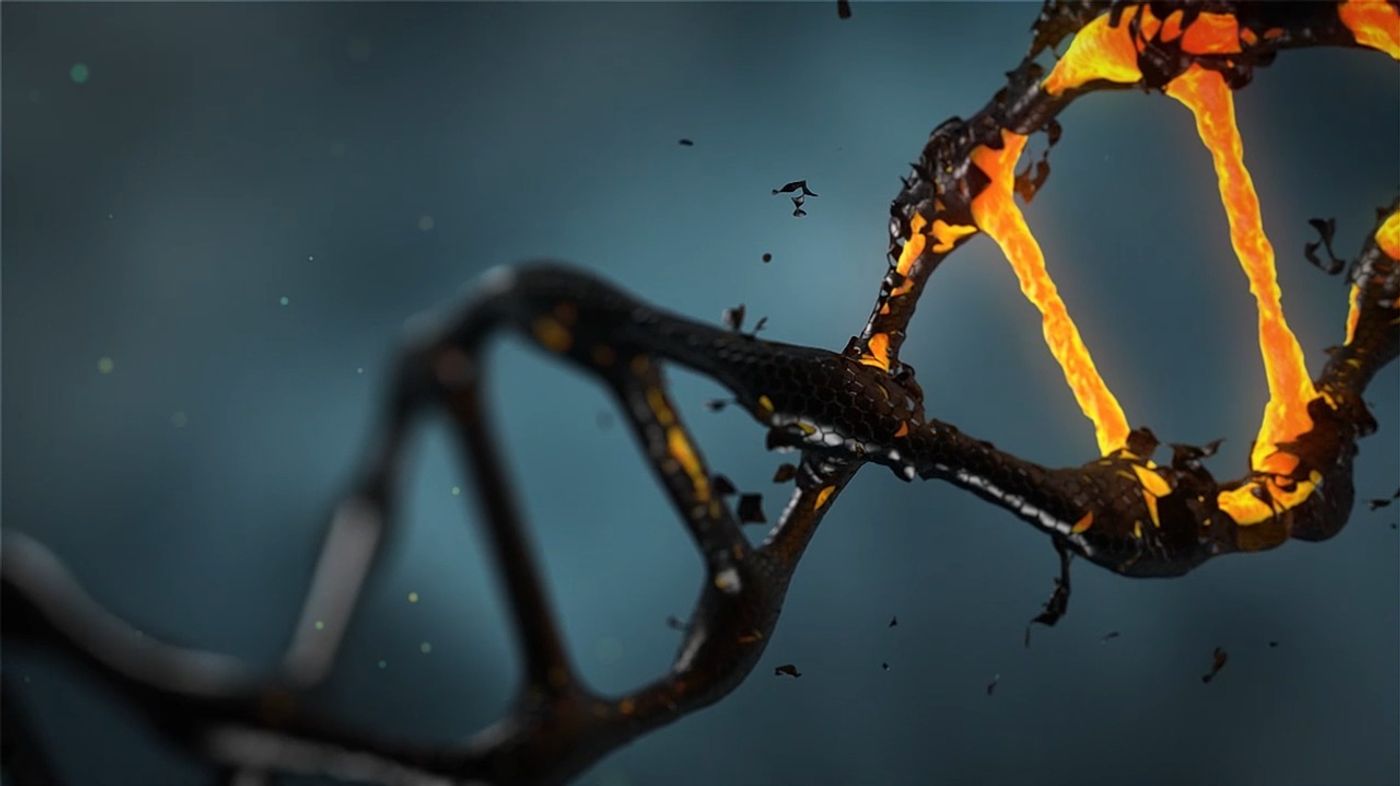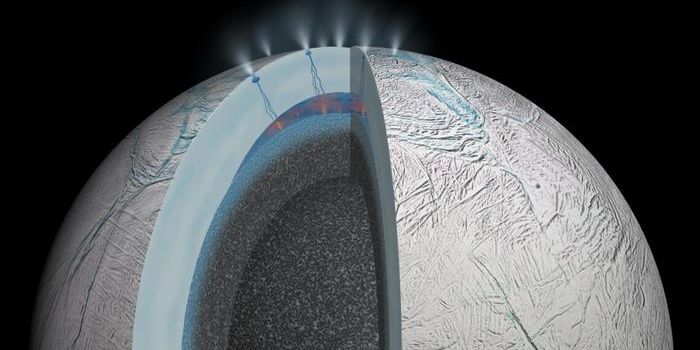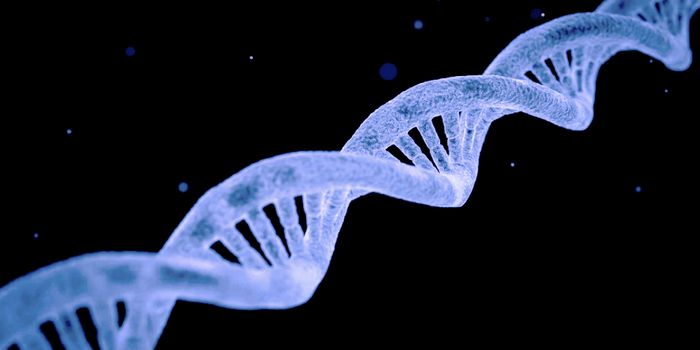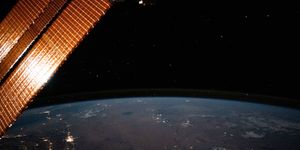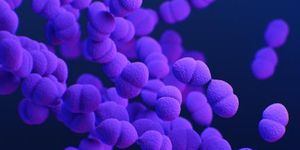UVC Rays May be a Bigger Cancer Risk Than Known
The sun emits different kinds of light and rays including visible, ultraviolet (UV,) and infrared. Some of those forms of light can be harmful. There are several types of UV light, which are classified by wavelength. UVC rays are one harmful type emitted by the sun, but they are blocked by our atmosphere's ozone layer. It was thought that while UVC light (emitted by lamps and lasers) can burn the eyes and skin, the rays cannot penetrate deeply enough into the skin to cause damage to DNA and thereby induce cancer.
New work has suggested, however, that UVC rays are indeed capable of doing damage to DNA and they could increase the risk of deadly skin cancer. The findings, which directly link UVC rays and cancer-causing DNA mutations, have been published in Cell Reports. The work also suggests that UV rays may lead to a larger variety of mutations than thought.
"There's been this debate: how much does UV light cause the mutations that actually cause the cancer?" noted researcher Dr. John Wyrick of the College of Veterinary Medicine at Washinton State University. "Our research supports that UV light plays a major role in producing mutations specific to the growth and spread of melanoma."
Baker's yeast cells were used in this work, but they experience the same kind of damage that human cells do when exposed to UV light.
In this study, the researchers exposed 150 colonies of yeast to UVC lamps for fifteen periods of eight-seconds over one month. The researchers then extracted the DNA from the cells and applied whole-genome sequencing to reveal around 50,000 mutations. These were suspected to have occurred as a direct result of the UVC exposure. Roughly half of these genetic mutations are rare and are connected to melanoma.
It has been thought that UV rays cause damage to two of the four bases that compose the DNA sequence. The bases C (cytosine) and T (thymine) are susceptible, and it was hypothesized that A (adenine) and T (thymine) were spared. This research indicated, however, that UV can indeed disrupt A bases at a low frequency.
UVB rays are found in sunlight, and another finding from this study indicated that after one exposure to UVB rays, atypical mutations appeared in DNA.
"This has a lot of real-world applications and could help identify causes of severe skin cancers," said researcher Haley Morris, who has been working on this research since her first undergraduate year.
Sources: AAAS/Eurekalert! via Washington State University, Cell Reports
-
APR 30, 2024Immuno-Oncology Virtual Event Series 2024
-
MAY 07, 20243rd International Biosecurity Virtual Symposium
-
SEP 03, 2024Microbiology Week Virtual Event Series 2024
- See More
